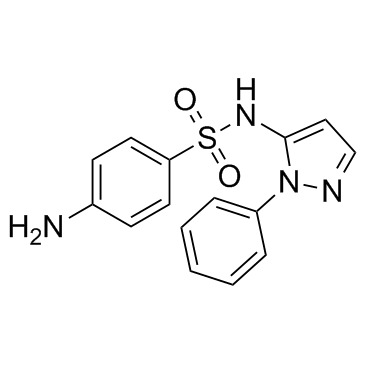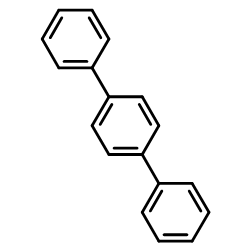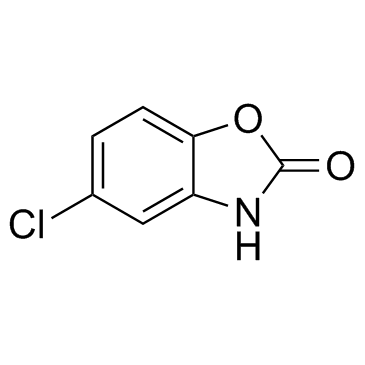| Structure | Name/CAS No. | Articles |
|---|---|---|
 |
Hydrochloric acid
CAS:7647-01-0 |
|
 |
Ketoconazole
CAS:65277-42-1 |
|
 |
Acetonitrile
CAS:75-05-8 |
|
 |
Sulfaphenazole
CAS:526-08-9 |
|
 |
para-Terphenyl
CAS:92-94-4 |
|
 |
Chlorzoxazone
CAS:95-25-0 |
|
 |
Warfarin
CAS:81-81-2 |
|
 |
Quinidine
CAS:56-54-2 |
|
 |
HYDROGEN CHLORIDE ~1.25 M IN METHANOL, 250 ML
CAS:132228-87-6 |